H&M x Glenn Martens is Here
H&M has revealed the hotly anticipated H&M x Glenn Martens collection. A playful campaign starring Joanna Lumley and Richard E. Grant celebrates wit, individuality and self-expression.
The Belgium fashion designer is defining the landscape of contemporary fashion, and this new collaboration offers a broad range of customers the chance to access never-before-seen designs alongside Martens’s signatures.
Martens’ work has long pushed the boundaries of fashion and this partnership with H&M shows his interest in making fashion accessible. Now, revealed for the first time, is the full collection: a diverse and versatile range of products that combines womenswear, menswear, unisex pieces and accessories.
The collection twists clothing archetypes into new and unexpected forms. The deeply researched process saw Martens explore H&M’s archive, to select a range of key pieces that consumers adore, from best-selling t-shirts to must-have checked shirts, bomber jackets and jeans. Each is reimagined as an extraordinary newly-designed piece, which play with trompe-l’œil and customisation. Many can be transformed by the wearer thanks to the use of reshaping techniques such as foil and wiring to create sculptural forms.
The collection also pays tribute to Martens’s journey as a designer, and his iconic work for Y/Project, with various pieces in the collection – from boots through to prints – nodding to key archival designs.
“I see this collection as a big family of garments, all of which have multiple purposes and personalities: like people, they grow and change each day. I am always interested in the clothes that we really live in: and the idea of archetypes and wardrobe staples was the starting point for this very special and joyful project with H&M.” – Glenn Martens.
“I truly think this is one of the most creative collaborations we have ever done. Glenn is such a talent and a radical thinker and these are exceptional designs that play with archetypes and the very essence of what it means to get dressed each day. The campaign is so special – already iconic.” – Ann-Sofie Johansson.
Humour is a central part of Martens’s work, and both the collection and campaign embrace wit and self-expression. For the campaign, Martens’s presents a twist on a family portrait, featuring a cast of characters that includes acting icons Joanna Lumley and Richard E. Grant, alongside various exciting new faces. The casting nods to Martens’s fascination with British humour, and the various UK references that run through the collection. The campaign and collection will be celebrated in a forthcoming London event.

All imagery courtesy of Media Relations


“It was great fun to be a part of Glenn Martens’s and H&M’s special family portrait. I always say that the best fashion is rule-breaking – people should wear whatever they want to wear – and I admire Glenn’s daring spirit and eye for twisting things in unusual ways.” – Joanna Lumley
“What a special opportunity to team up with Glenn Martens, Joanna Lumley and H&M. I love the spirit of the collection – everyone can wear it in their own way and bring out their personality. I enjoyed playing the patriarch of this stylish and yet motley crew!” – Richard E. Grant
H&M Glenn Martens is available from 30 October at H&M Sandton City and online from Superbalist.
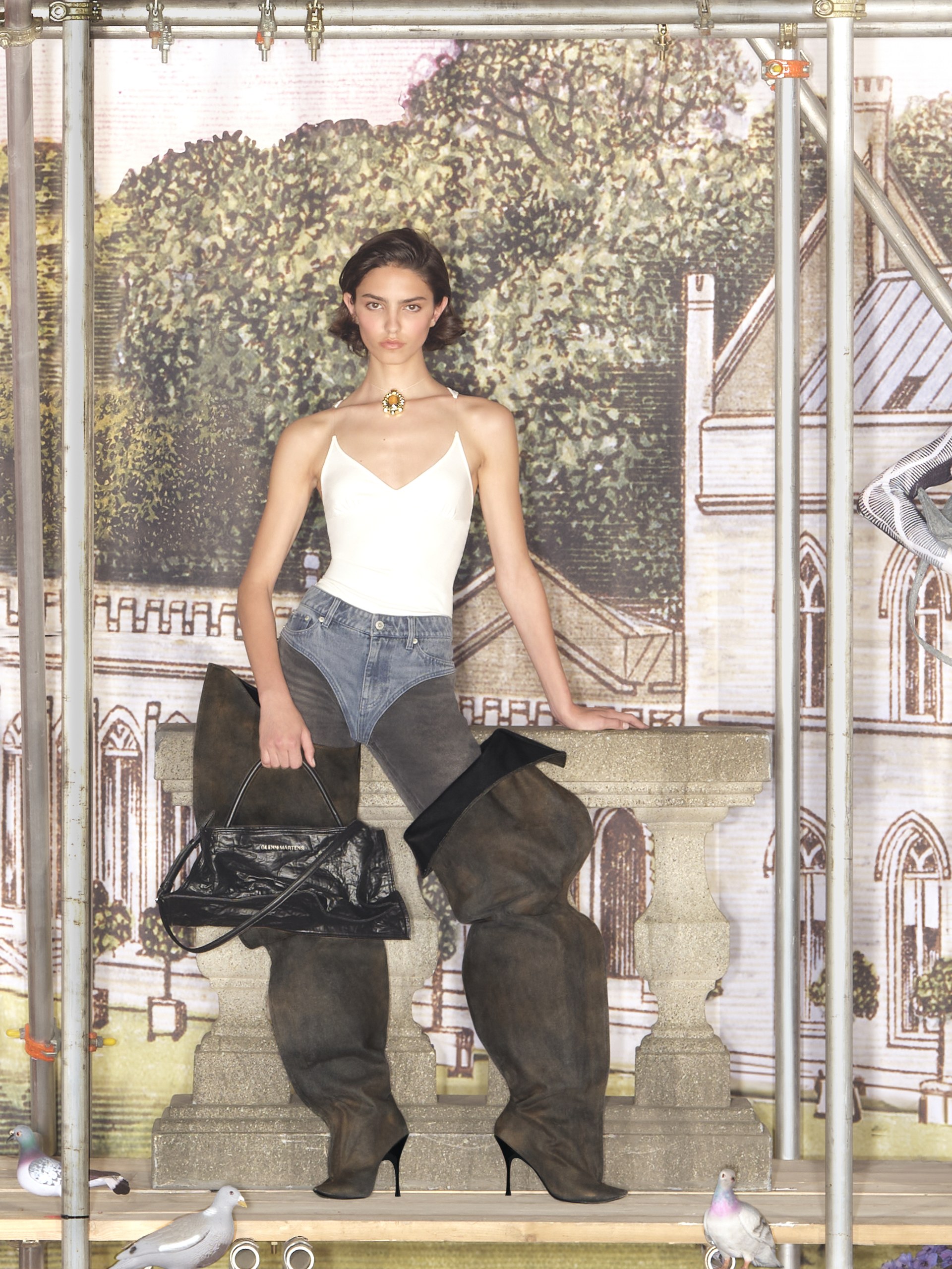
All imagery courtesy of Media Relations
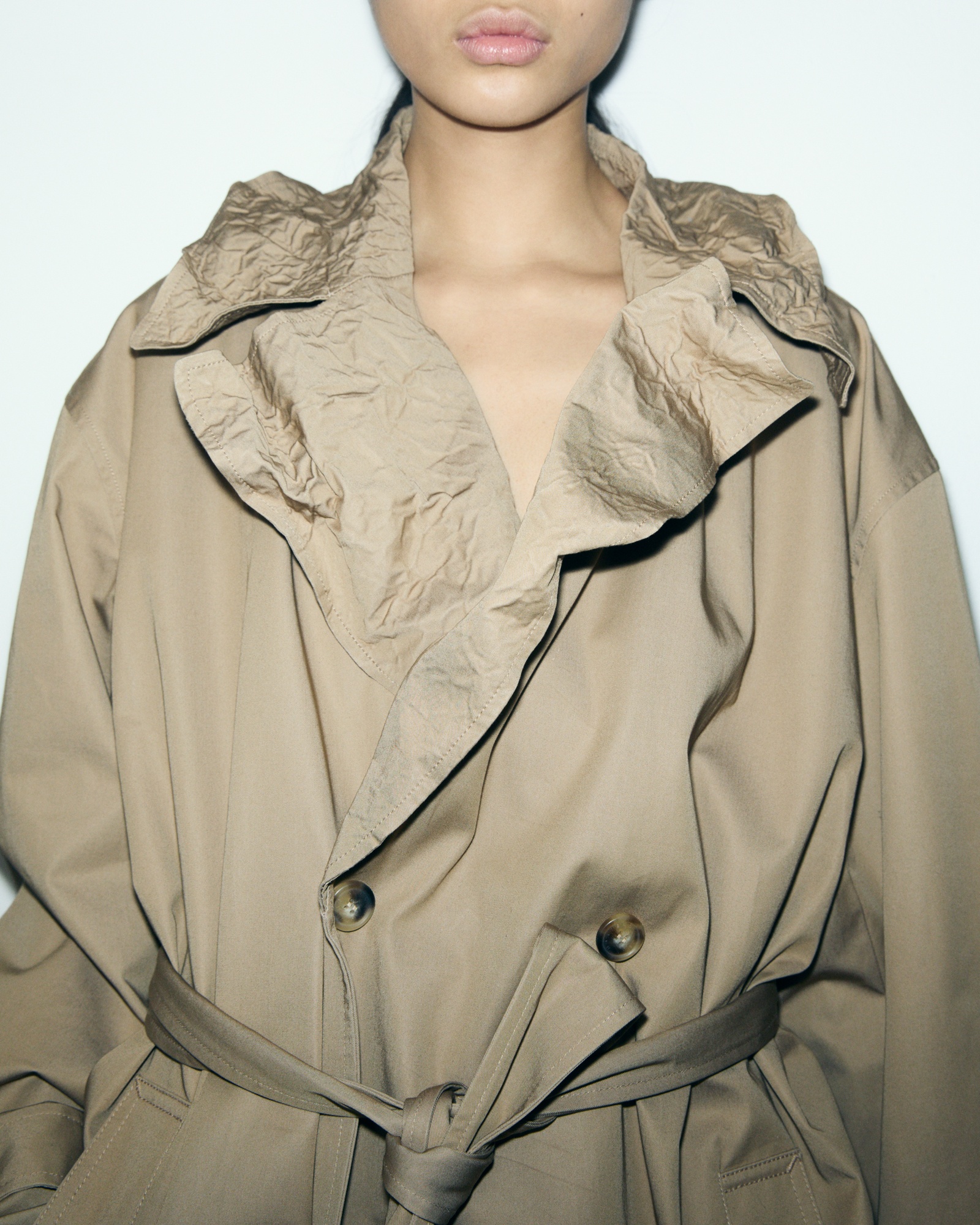

Press Release courtesy of Media Relations
For more news, visit the Connect Everything Collective homepage www.ceconline.co.za

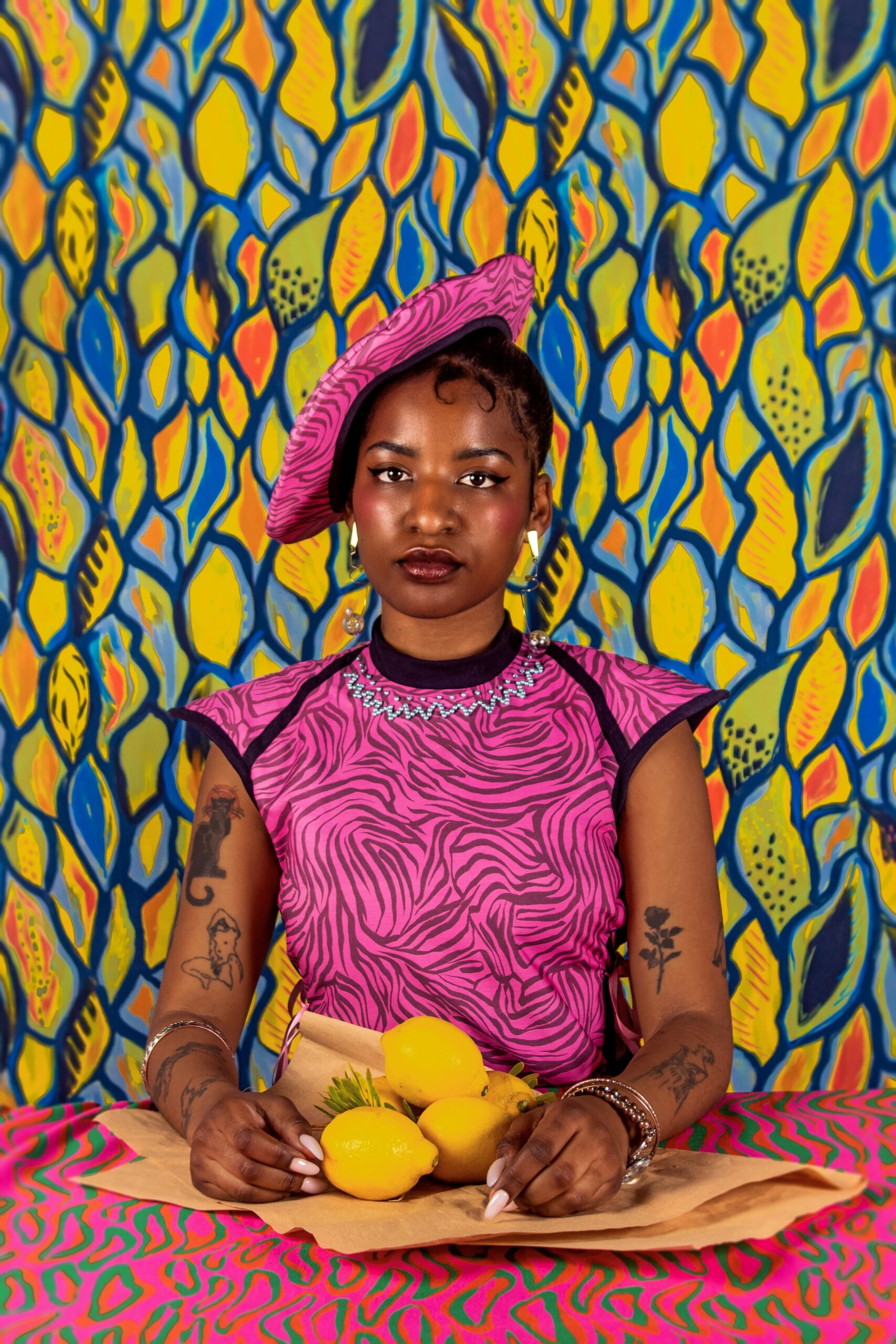




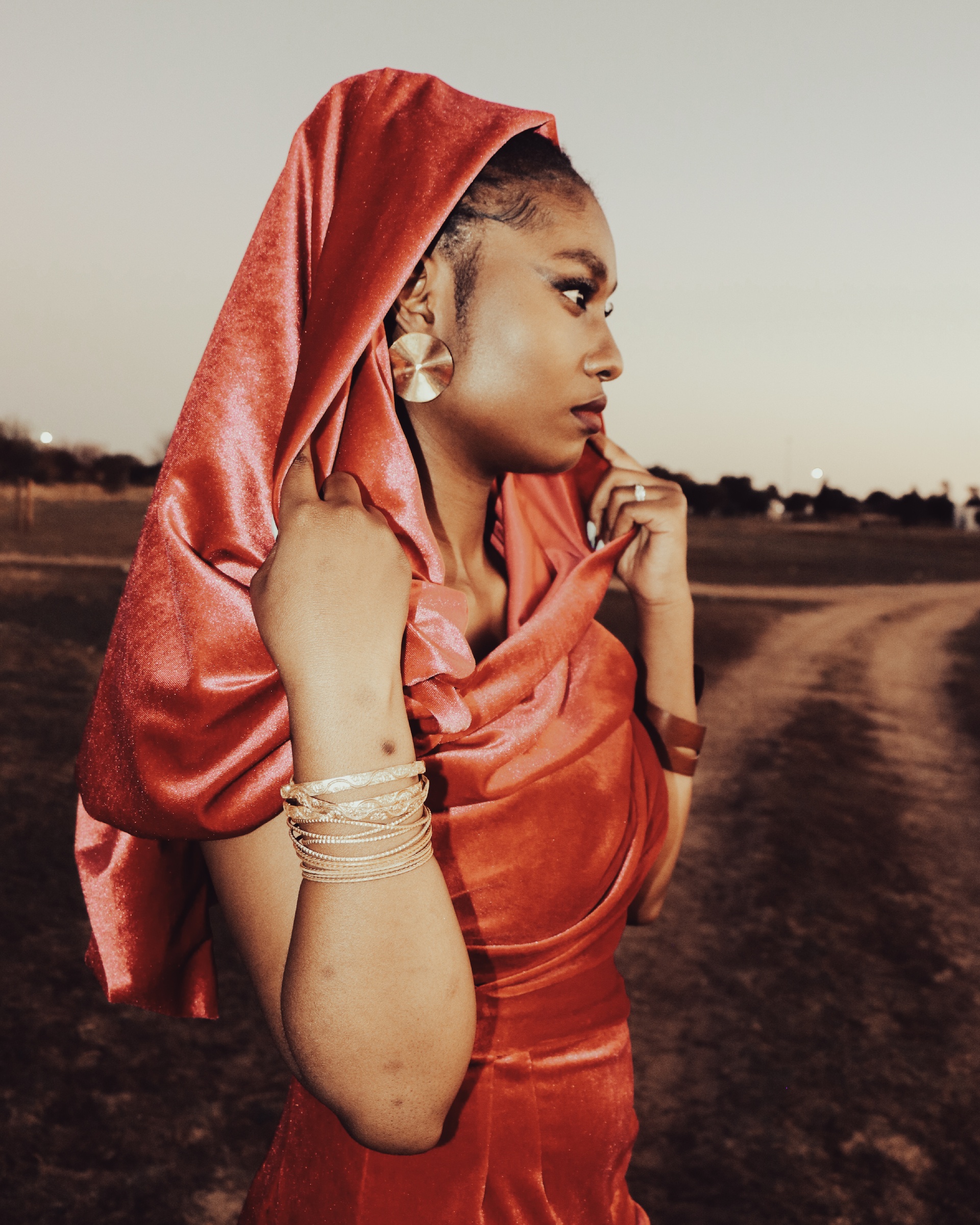
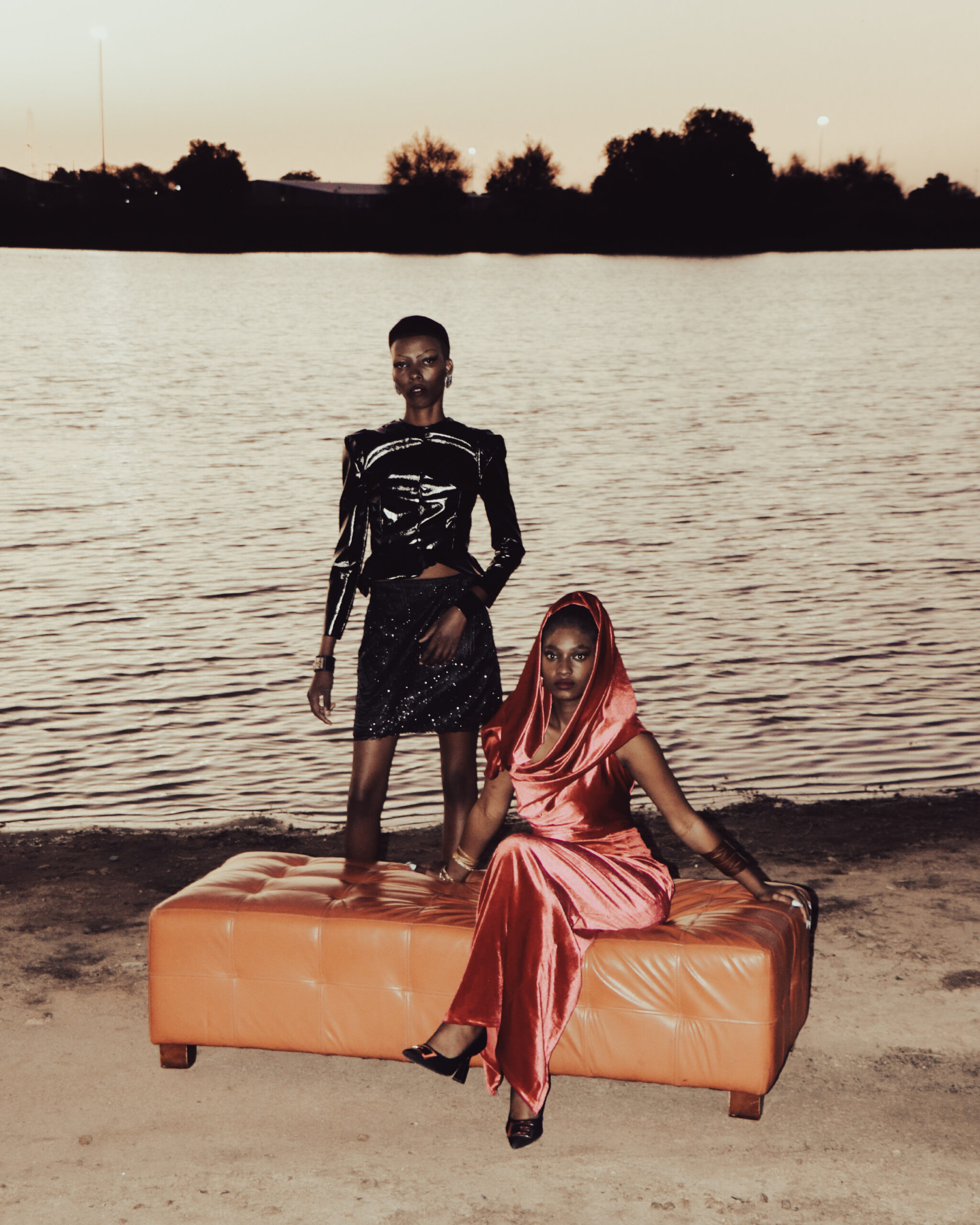
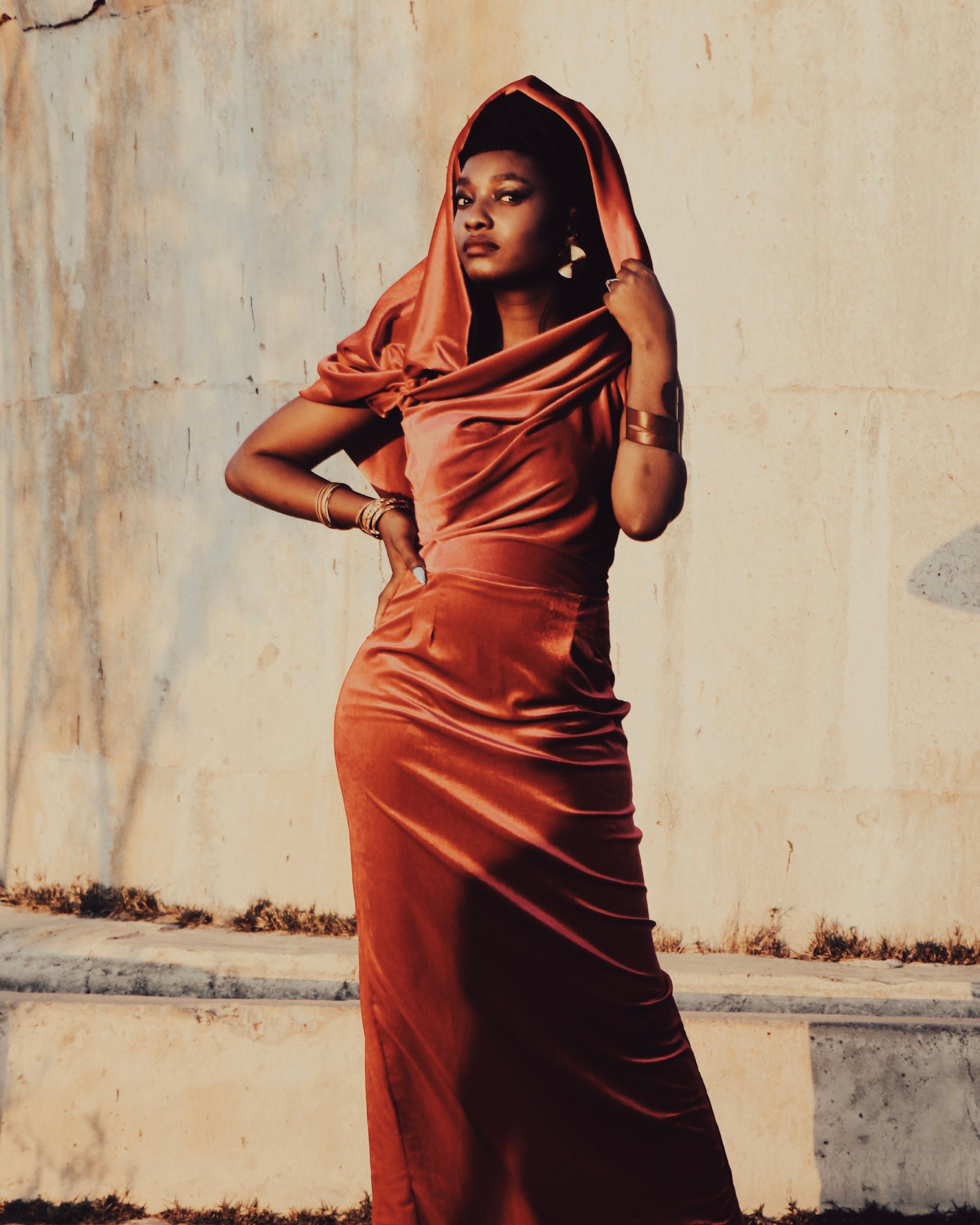
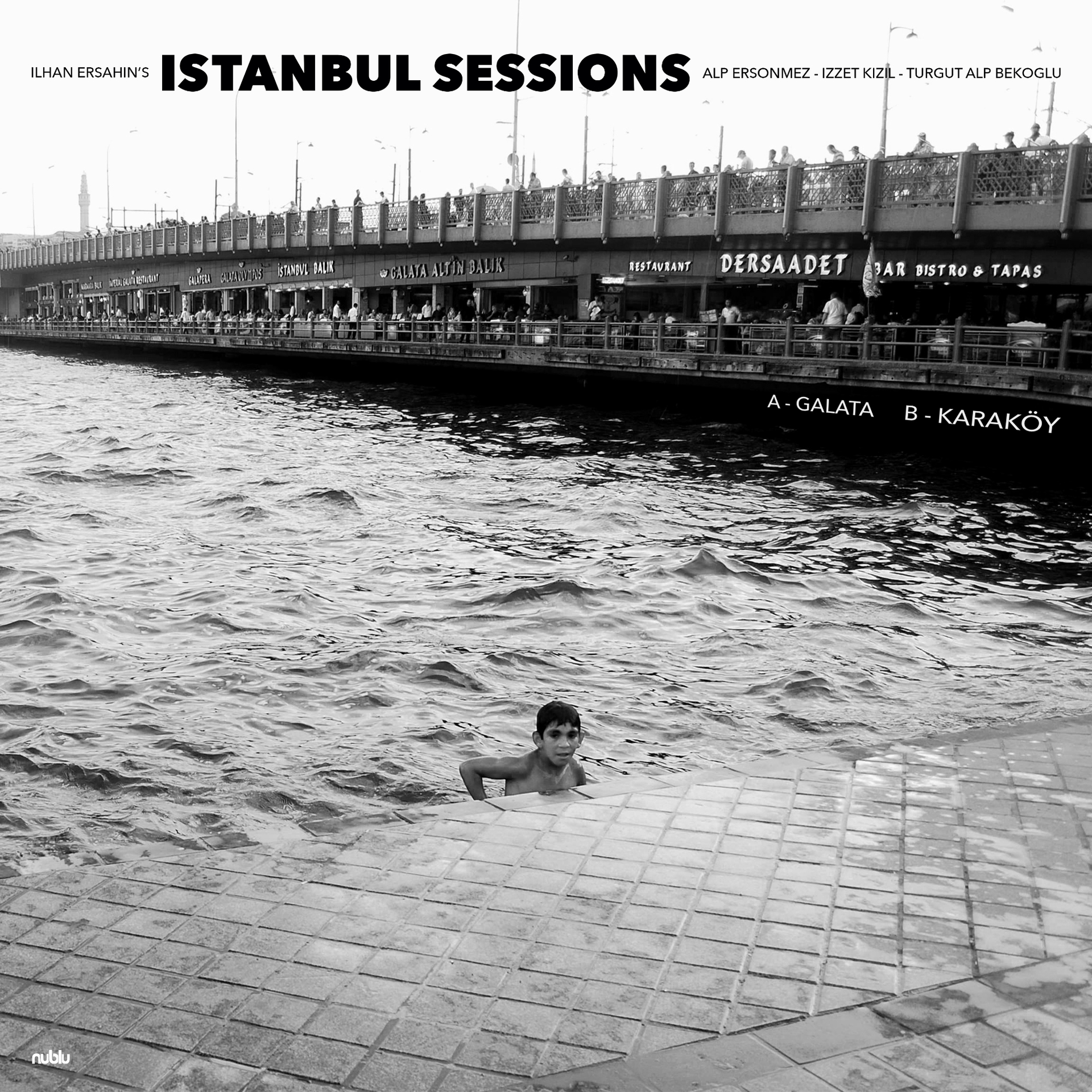



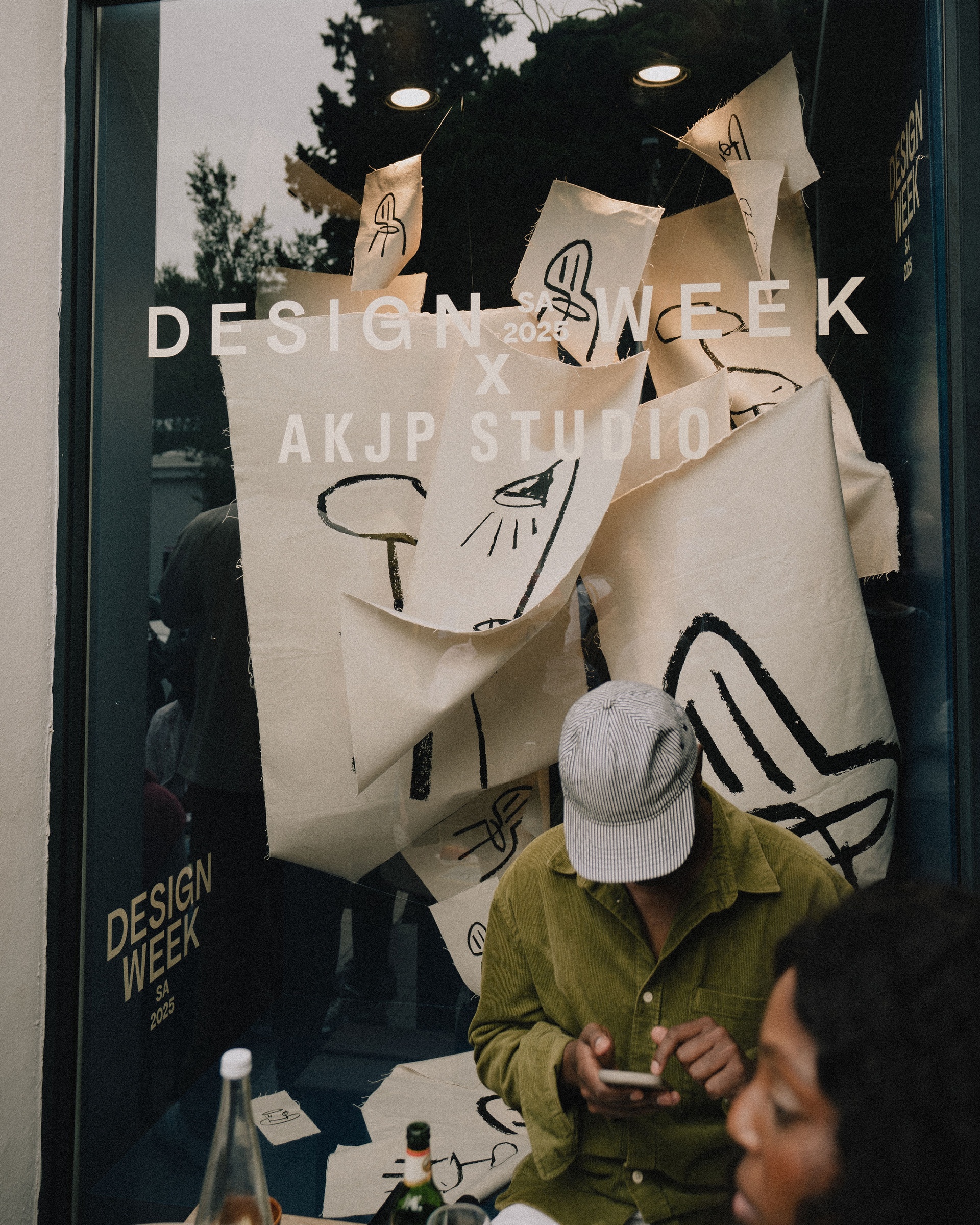
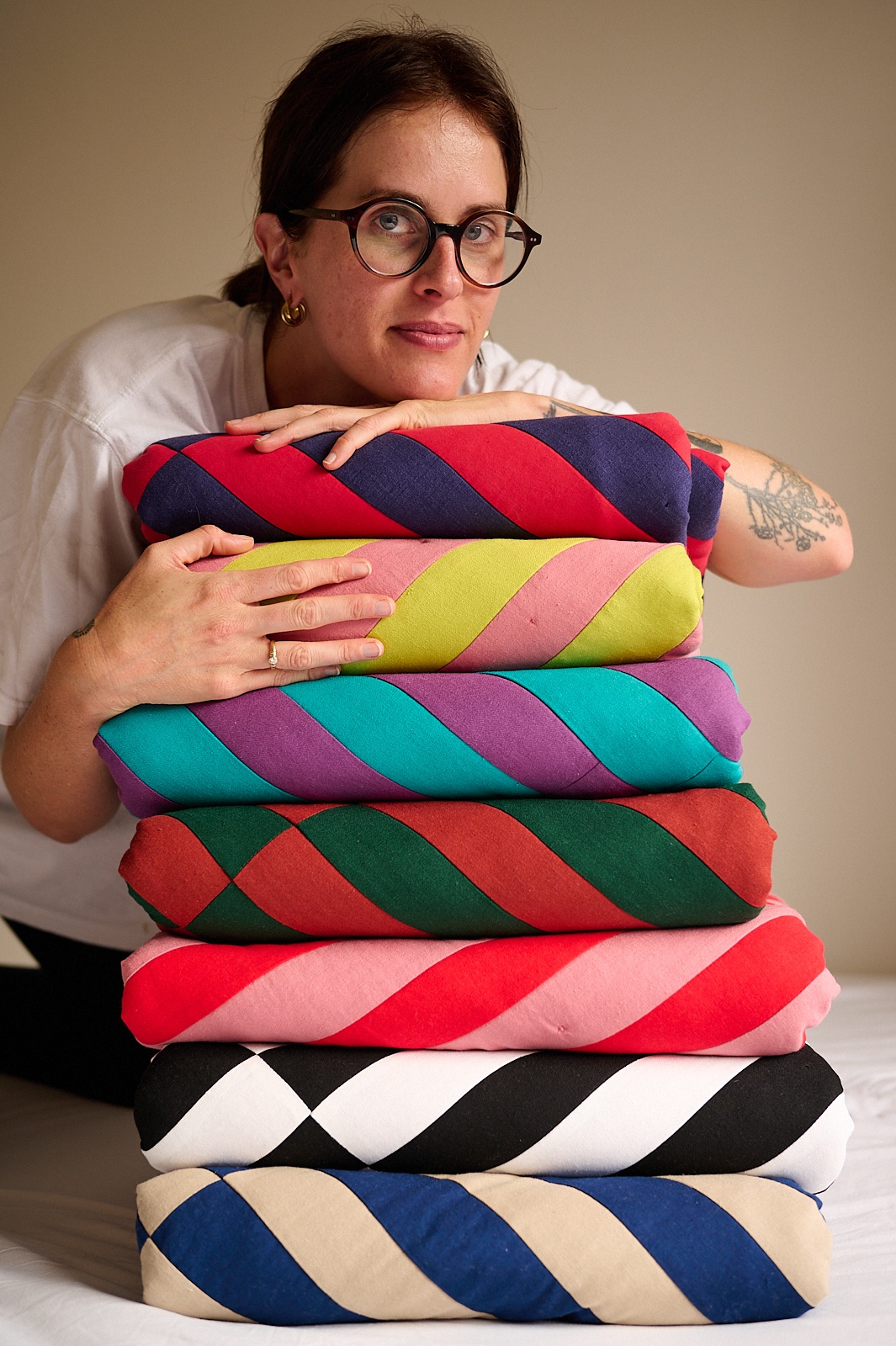
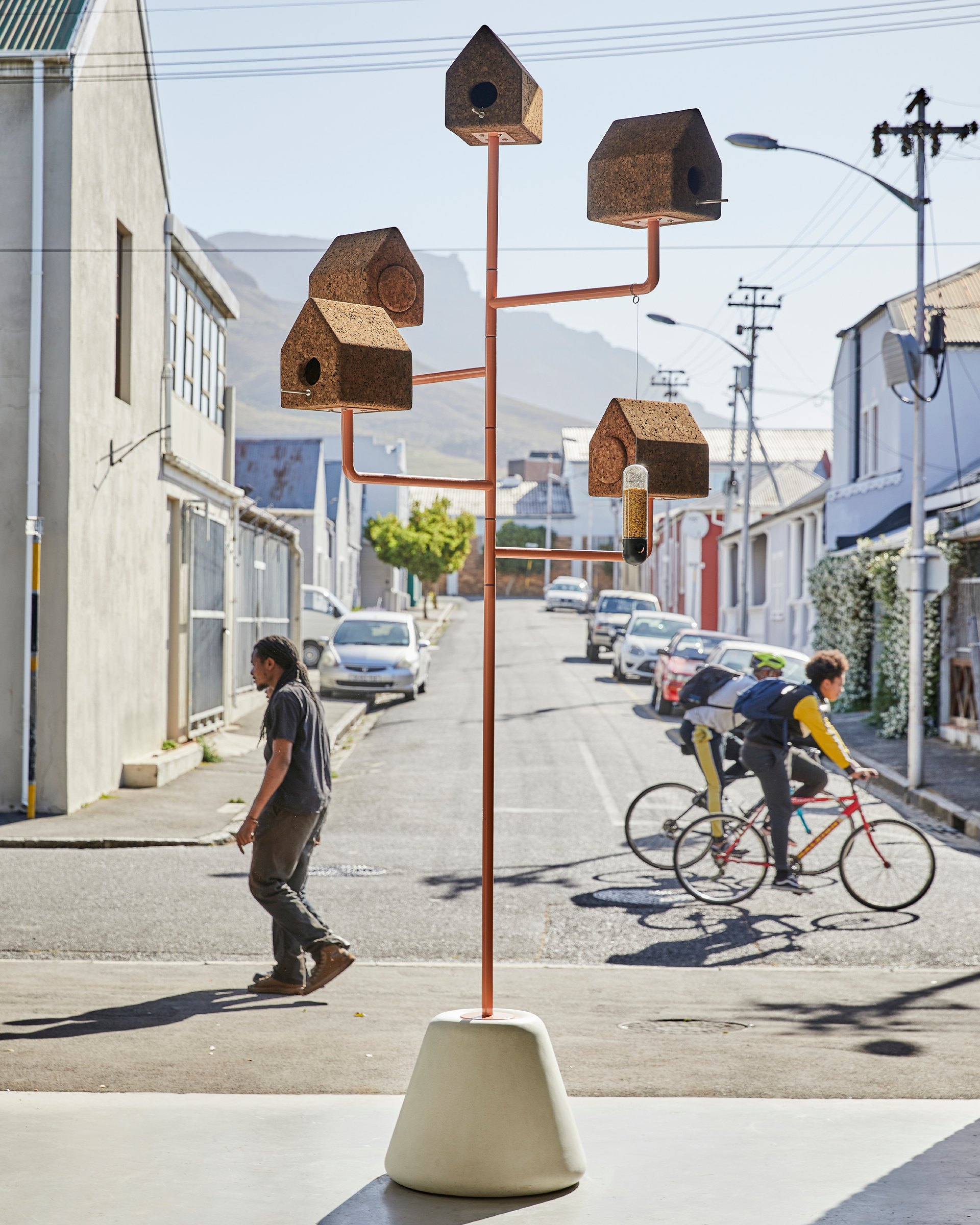
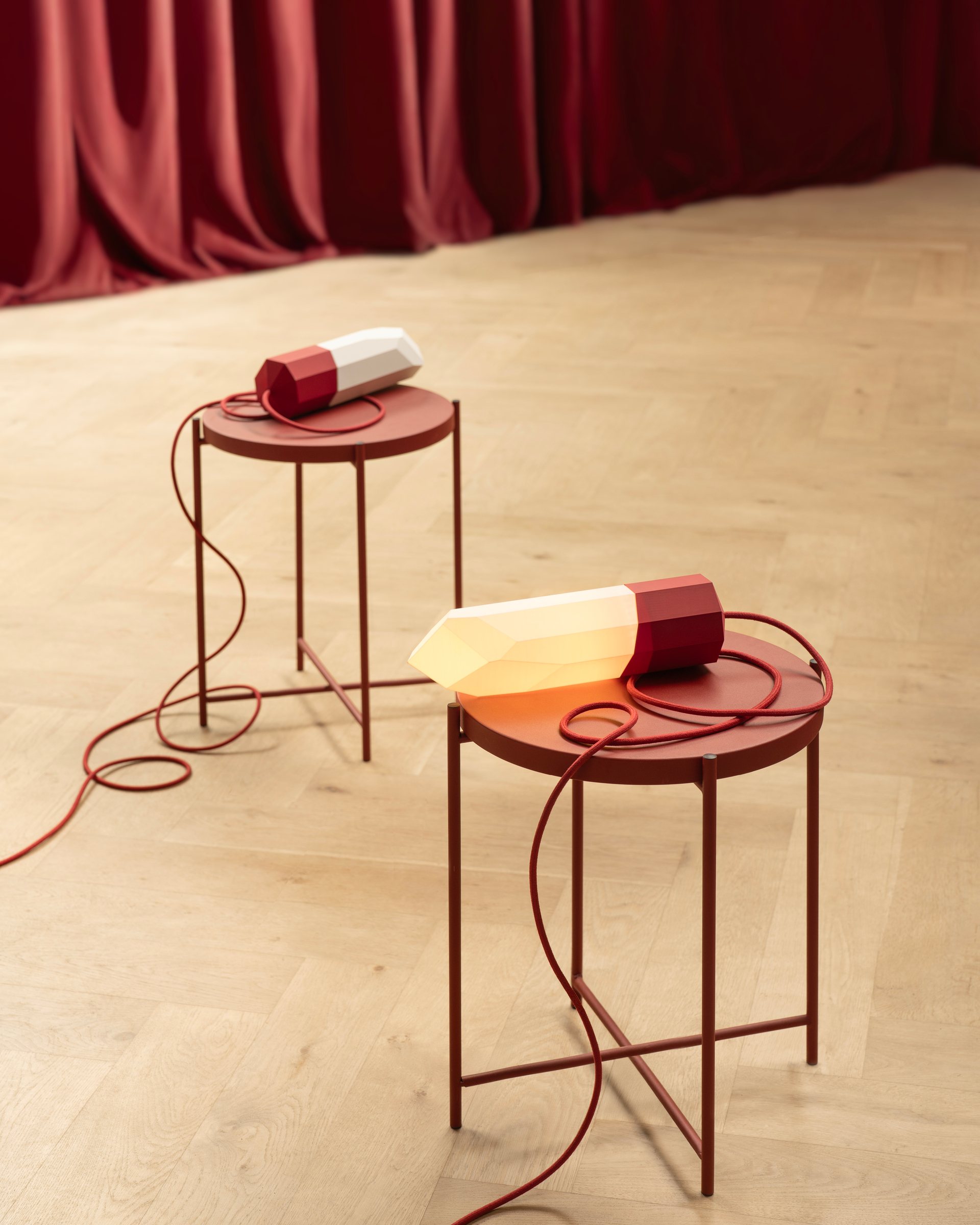

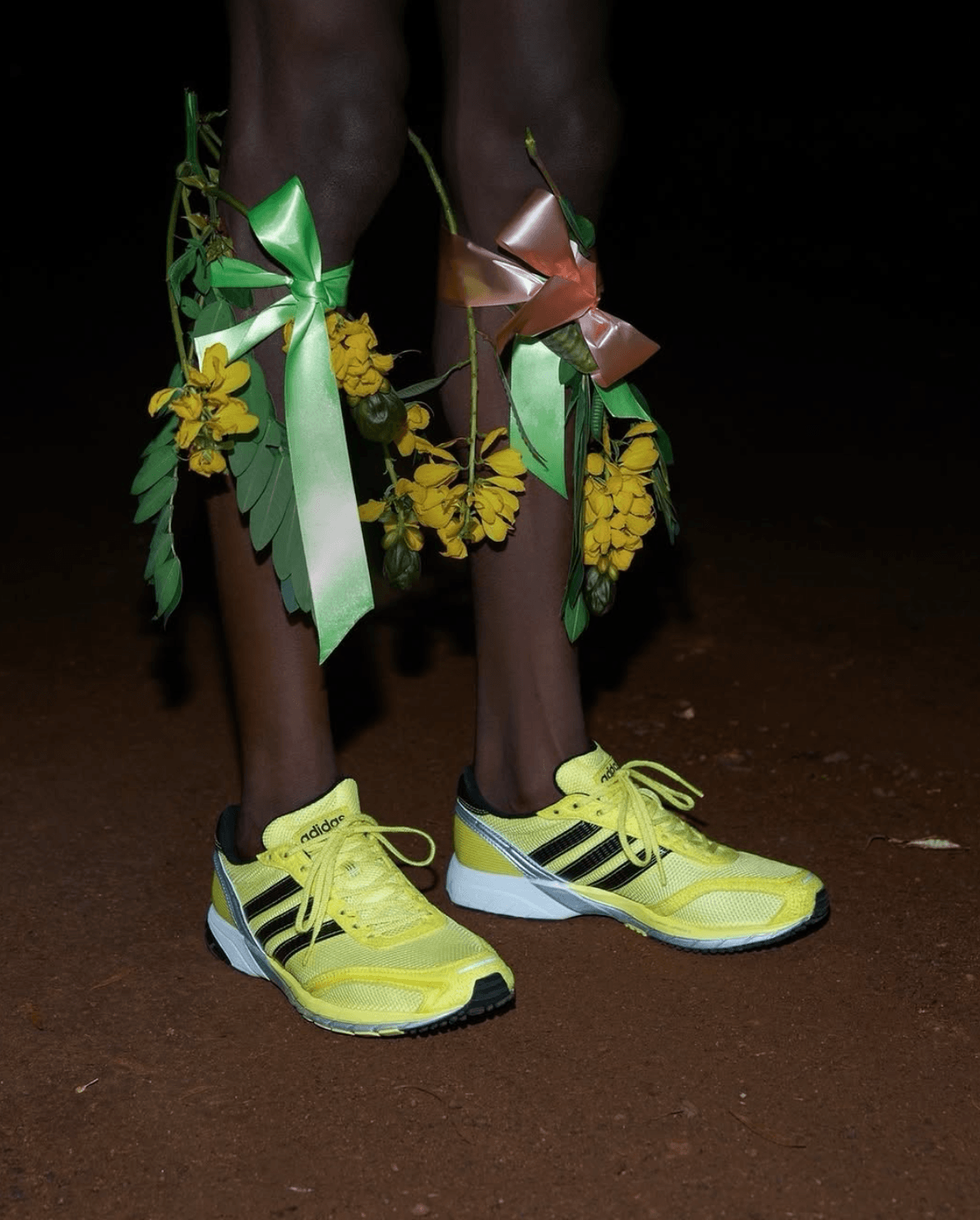


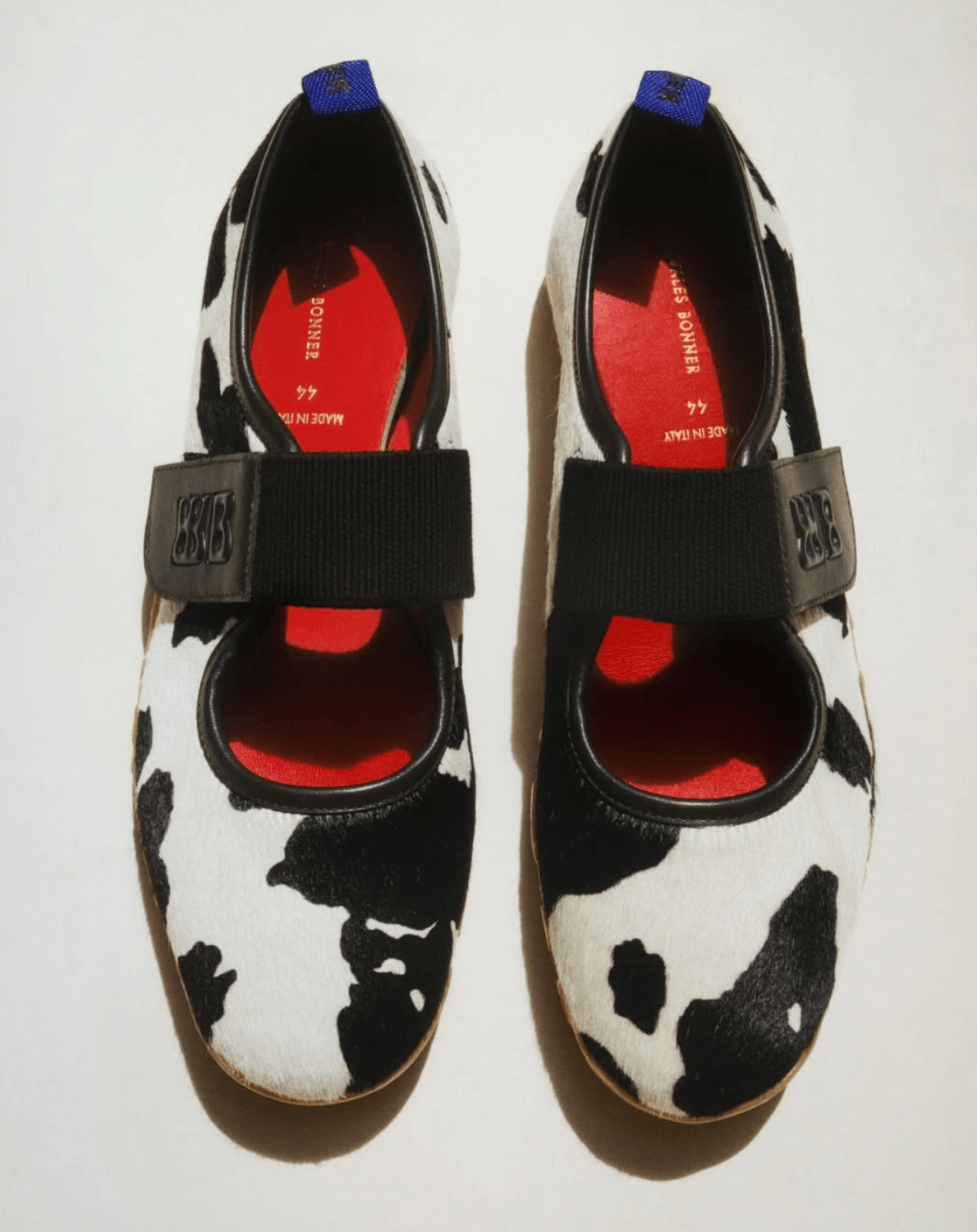
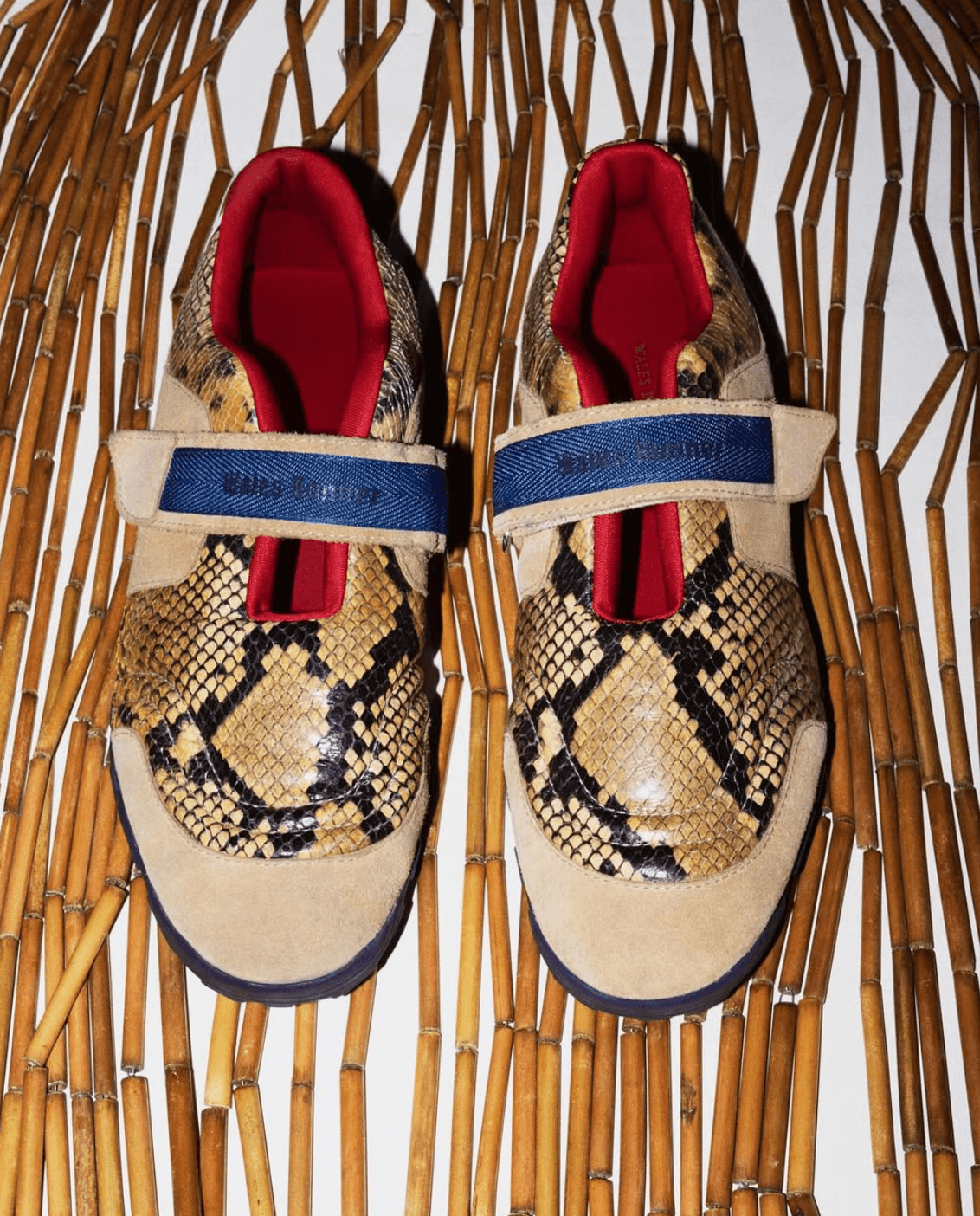

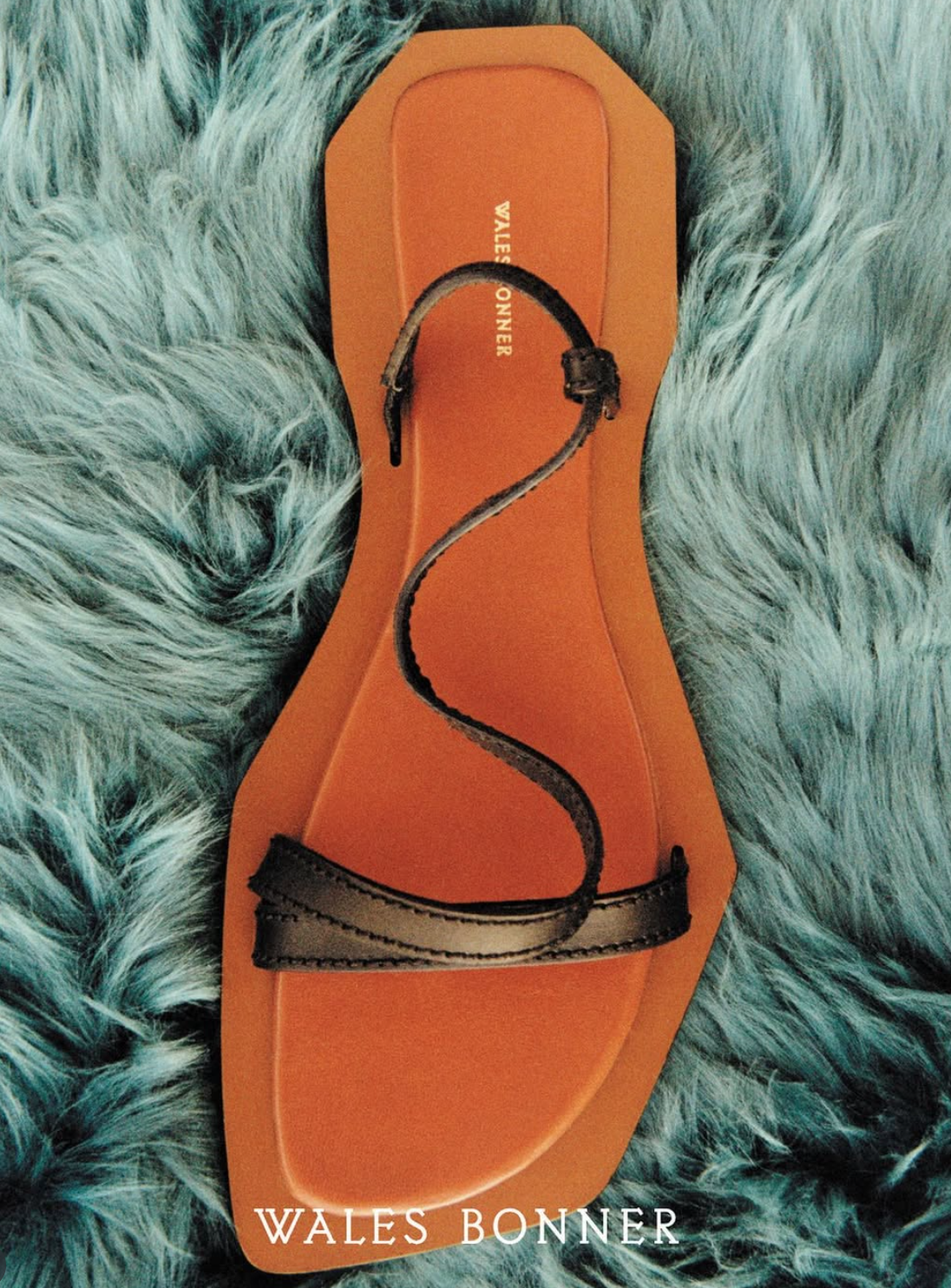
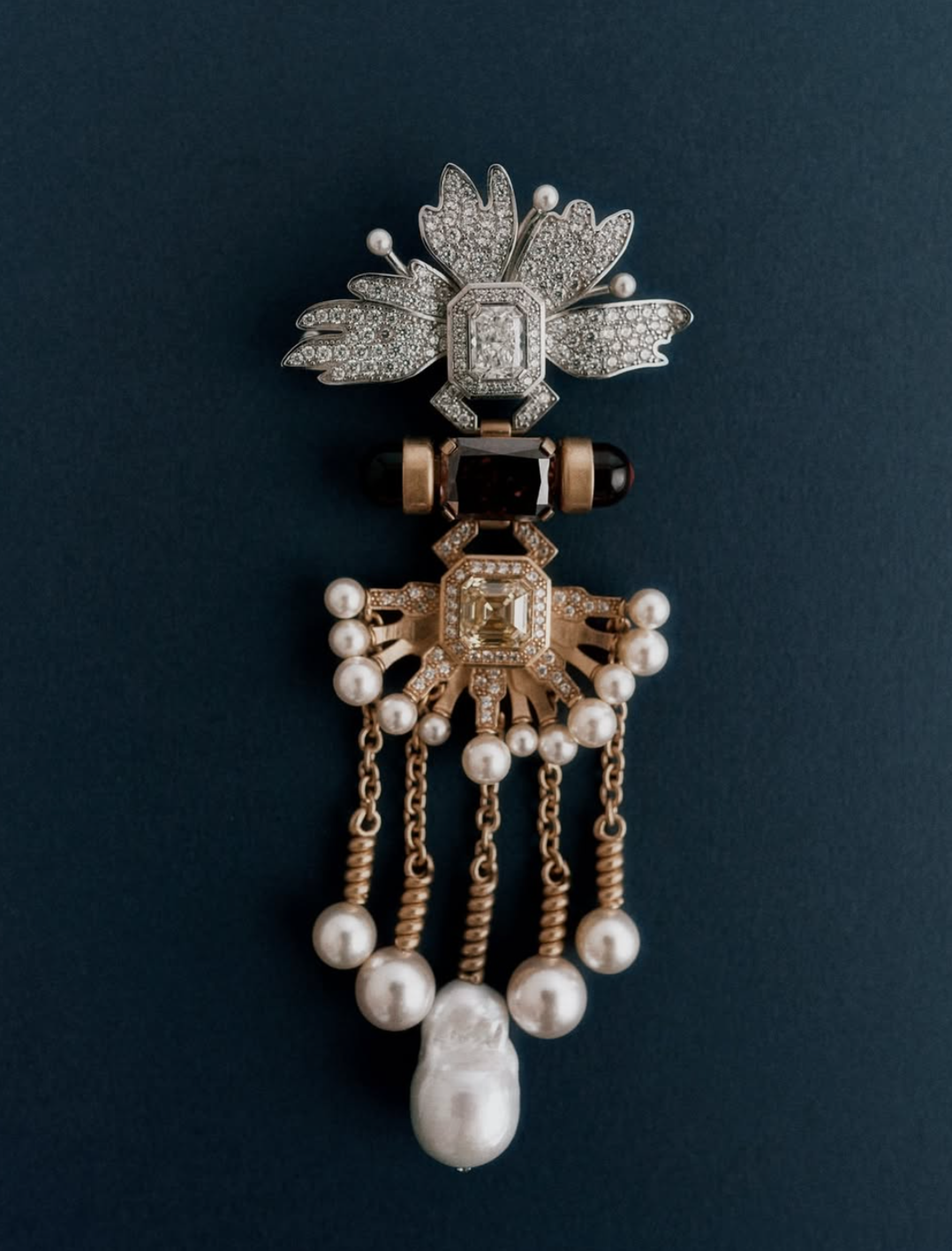





Recent Comments